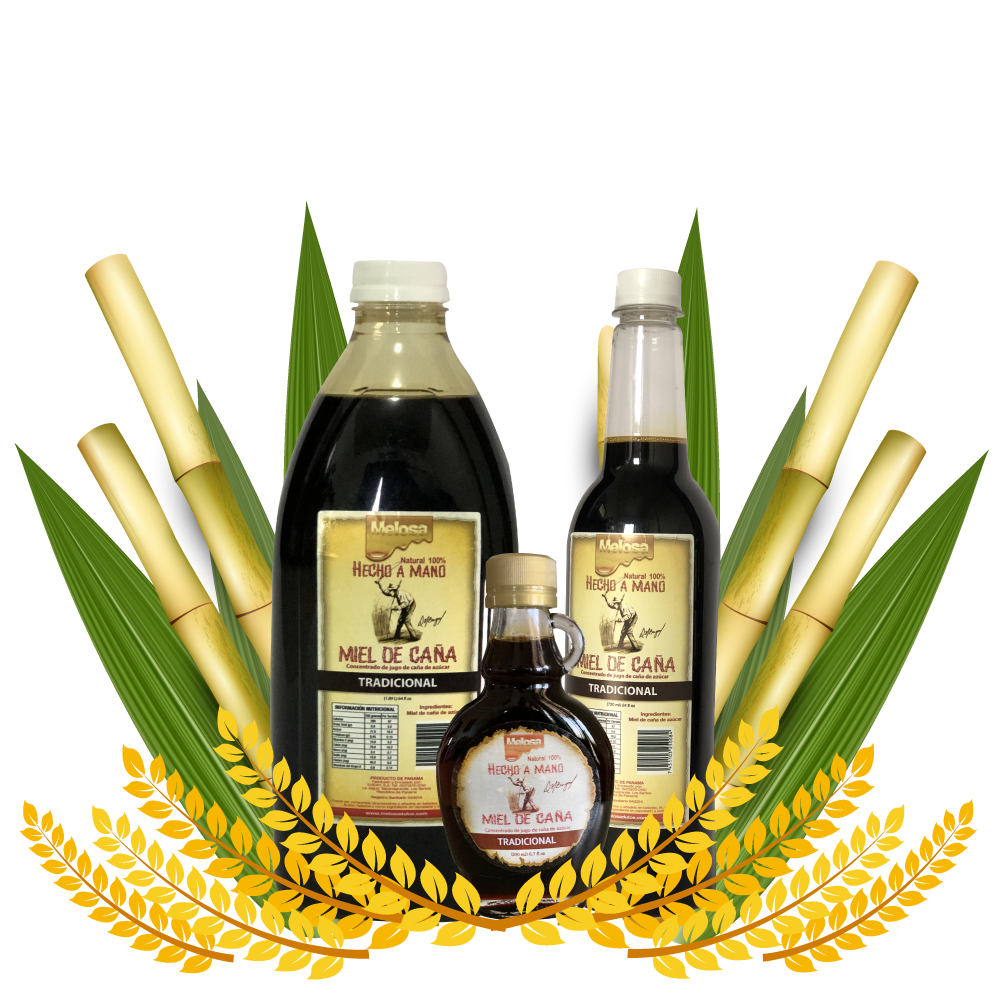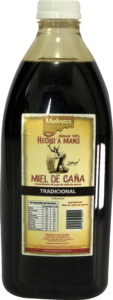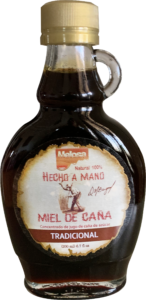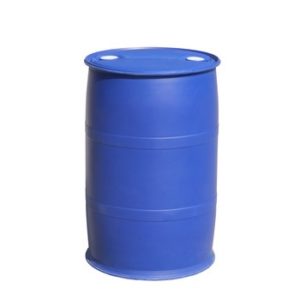About the Concentrate of Sugar Cane Juice
Since the 16th century, the Concentrate of Sugar Cane Juice has been manufactured with artisanal mills by farmers in the central area of Panama, a tropical climate zone. Our concentrate is evaporated and microfiltered to later be packaged.
EVIDAY Company is certified for the production and export of 100% Natural and Artisan Concentrate of Sugar Cane Juice and has implemented Good manufacturing practices (GMP), always preserving the natural process.
The company’s policy is to pay the producer a better price for his product, which is paid when it is delivered. On the other hand, implements simple systems of cleaner production by carrying out the natural process and using the bagasse as fuel.
What is Concentrate of Sugar Cane Juice?
Is the result of the evaporation of cane juice, rich in vitamins and minerals for human consumption. It is a viscous product, sweet to the palate, syrup type. Artificial substances such as colorants are not added in our process. This product considered by some markets as “panela” syrup. In addition, it should be added that due to its content of carbohydrates, vitamins and minerals, it has a great source of energy.
Melosa is used as a gastronomic ingredient for exotic cuisine. It can be consumed directly or added to drinks, tea, cereals, fruits and salads. It is also used in the preparation of desserts. It can be consumed by people of all ages.
Raw Material
Sugar cane is the only raw material. It is harvested manually by the local peasants, without the use of machinery or heavy tools that damage crops, it is not burned as large factories do. The sugar cane is also controlled, so that it is at the right point of maturity and is of the right variety to guarantee a better yield.

Productive Process
Cane Cut. It consists of cutting the cane in its maturity stage, then it is collected and lifted in trucks or carts to be transferred to the mill where it is stowed to be milled.
Raw Material Reception. The cane is received, it is weighed to know the quantity that will enter the process and finally evaluate its yield. The information necessary for the traceability records is captured to identify, at a certain moment, the origin information.
Milling. The cane is passed through a mill or “trapiche” to extract the juice known as “guarapo”, which is the must extracted from the cane. The solid part resulting from this stage is known as bagasse, which is used as fuel in the cooking stage.
Pre-cleaning. This stage consists of separating sugar cane residues such as “bagasse” and remains of soil. The pre-cleaning is done by slowly moving the juice through the pre-cleaners, where the insoluble solids float and the heavier ones go to the bottom.
Clarification. The juice is clarified or cleaned as it reaches temperatures of 120 ºF to 140 ºF, until a clean concentrate is obtained and at the end a homogeneous product.
Evaporation. In this final stage of the process, the cane juice is boiled at a temperature higher than 194 ºF to evaporate the water and concentrate the solids. This operation is carried out in the kettles and consists of the application of heat to eliminate the water from the juice, and increase the concentration of soluble solids (sugar) up to approximately 75%.
The cooking is carried out in stainless steel pots placed sequentially on a stove, where the heat flows in reverse to the flow of the concentrate. Cooking can last between four to six hours, depending on the intensity of the heat on the burner. The process time varies according to the amount of cane juice poured.
Packing. The hot concentrate passes from the last pot to the filler through stainless steel tubes with the help of a suction pump. Then it is packaged at a temperature of approximately 176 ºF in the packaging. Then we proceed to labeling and finally the product is packed in corrugated cardboard boxes.
Reprocessing. Once it is collected in bulk, it is mixed and evaporated again by boiling it at 212 ºF until it reaches the Brix degrees and pH level required by customers.
Other Uses
It can be added to drinks, tea, coffee and soft drinks. Used in baking and cooking as bases for dressings and glazes. It can be used as a pass for other natural confectionery products.
Presentations
|
Melosa |
|||
|
PACKAGE |
FLAVOR |
NET CONTENT |
DESCRIPTION |
| Glass Bottle | Traditional | 200 ml. | Cap with safety ring |
| Plastic Bottle | 720 ml. | PET Plastics | |
| Plastic Half Gallon | 1.89 L | ||
| Bulk | 288 kg. | Provides more protection and durability to the product | |




